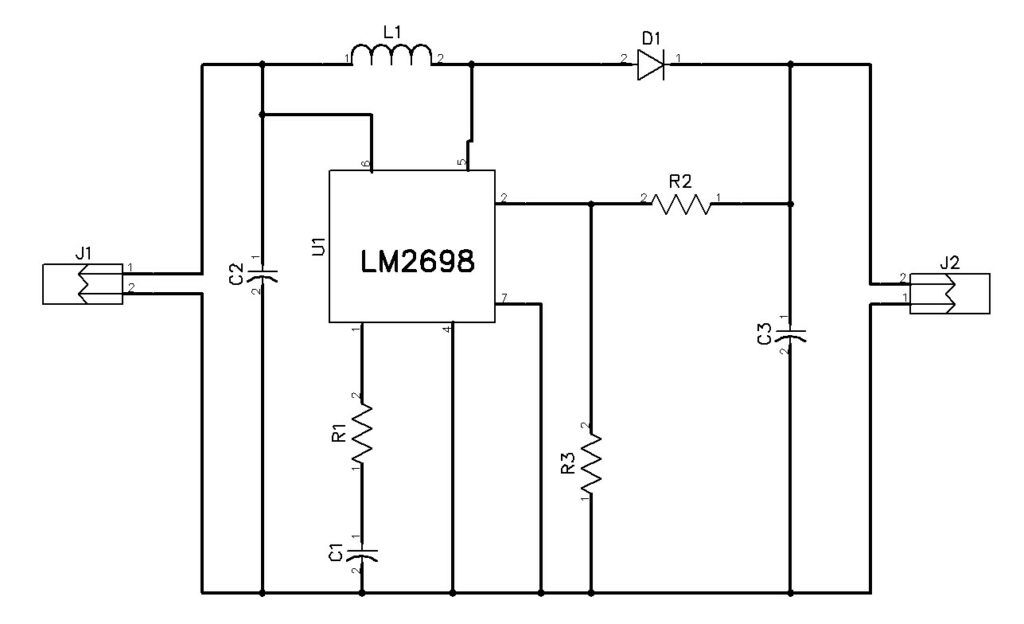With the global collaboration behind this contest, the total prizes will reach $250,000 and they will be divided as following: $120,000 goes to top 120 finalists ($1,000 each), $50,000 Grand Prize, $30,000 Best Product Prize, $20,000 2nd Place, $15,000 3rd Place, $10,000 4th Place and finally a$5,000 5th Place.
The first stage of the Contest will consist of five (5) Challenge Rounds. Participants may enter the Contest during any of the Challenge Rounds. Up to twenty (20) entries from each Challenge Round will be chosen to advance to the final round. Participants must complete the requirements for at least one (1) Challenge Round to be eligible for the final round. An entry may be submitted to any or all of the Challenge Rounds as long as it meets the requirements for each Challenge Round in which it is submitted. All submissions must be in English and must comply with any specified requirements.
Challenge Round 1: (Get Started: Design Your Concept.)
Entry period begins 7:01 a.m. P.D.T on March 20, 2017 and closes 7:00 a.m. P.D.T on May 1, 2017. This round is for showcasing your idea, hacks and logs and presenting the problem and how will your project solve it.
Challenge Round 2: (Internet of Useful Things :: IuT ! IoT)
Entry period begins 7:01 a.m. P.D.T on May 1, 2017 and closes 7:00 a.m. P.D.T on June 12, 2017.
Let’s take Internet of Things and make it practical for everyday life. Internet of Useful Things projects showcase a way to build a better tomorrow with the data you track and analyzeChallenge
Round 3: (Wheels, Wings and Walkers)
Entry period begins 7:01 a.m. P.D.T on June 12, 2017 and closes 7:00 a.m. P.D.T on July 24, 2017. This round is for building things that move, so the objective of the project is movement and support for things that help move humanity forward.
Challenge Round 4: (Assistive Technology)
Entry period begins 7:01 a.m. P.D.T on July 24, 2017 and closes 7:00 a.m. P.D.T on September 4, 2017. Assistive technology projects ensure a better quality of life for the disabled and enhance learning, working, and daily living.
Challenge Round 5: (Anything Goes)
Entry period begins 7:01 a.m. P.D.T on September 4, 2017 and closes 7:00 a.m. P.D.T on October 16, 2017. No reservation, no theme, no topic. it is up to you to build on your idea that resonates with you and encompasses the spirit of making. Build whatever you think would benefit humans and the world we live in.

Best Product
To be eligible for Best Product the product must not have received more than $2,000,000 in funding within the life of the product. The sum of the product’s dimensions (width + height + depth) must total 36 inches (91.44 centimeters) or less. Best Product Final Round. By 1:50 p.m. P.D.T. on October 21, 2017
It’s time to leverage your talent and find solutions to address a problem facing humanity today. With a new technical design challenge every 6 weeks, you are expanding the frontiers of knowledge and engineering.
In order to bootstrap your project before completing your final application of this contest, Hackaday now gives you the chance to participate in a public voting and win up to $200. Just
start your entry to get access to this.
Check
the rules of the contest to make sure that your country is eligible to apply. Also check
this page to know more details about the contest.



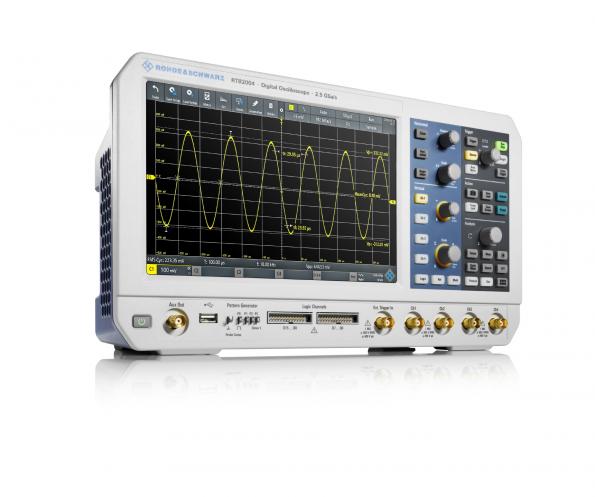

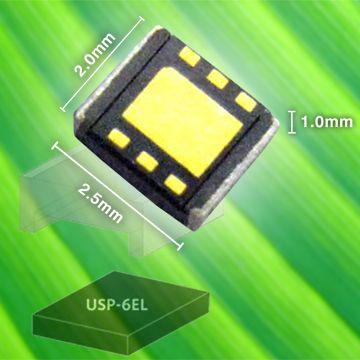
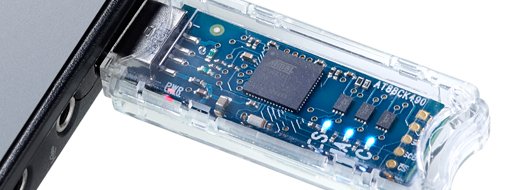

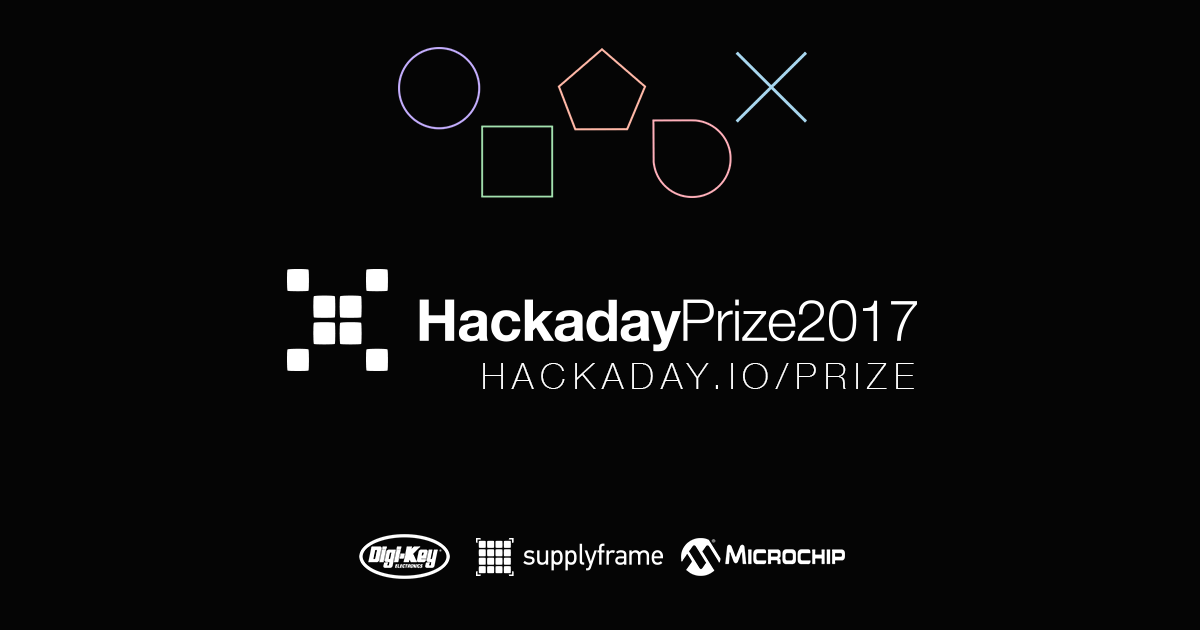



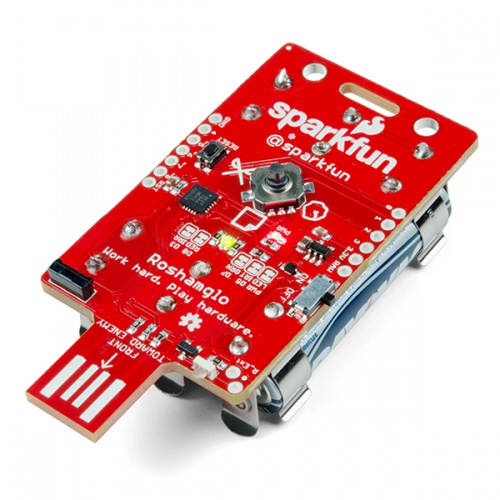
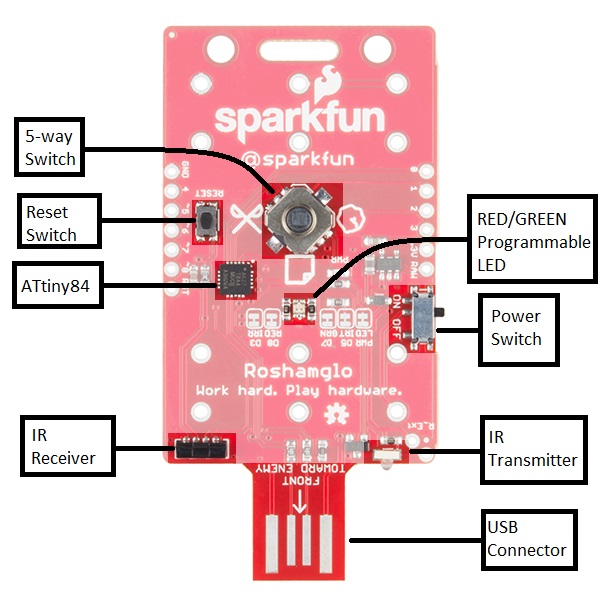

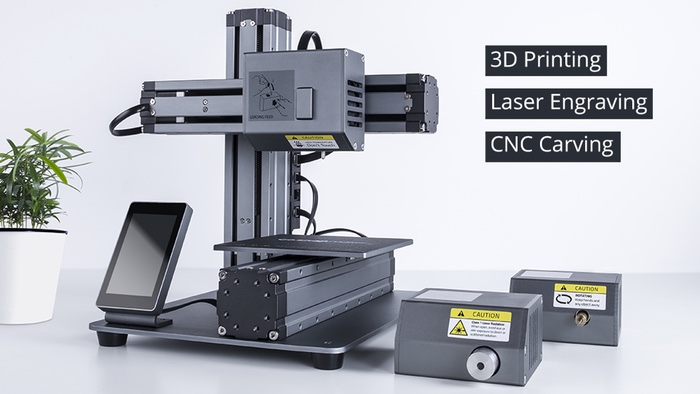


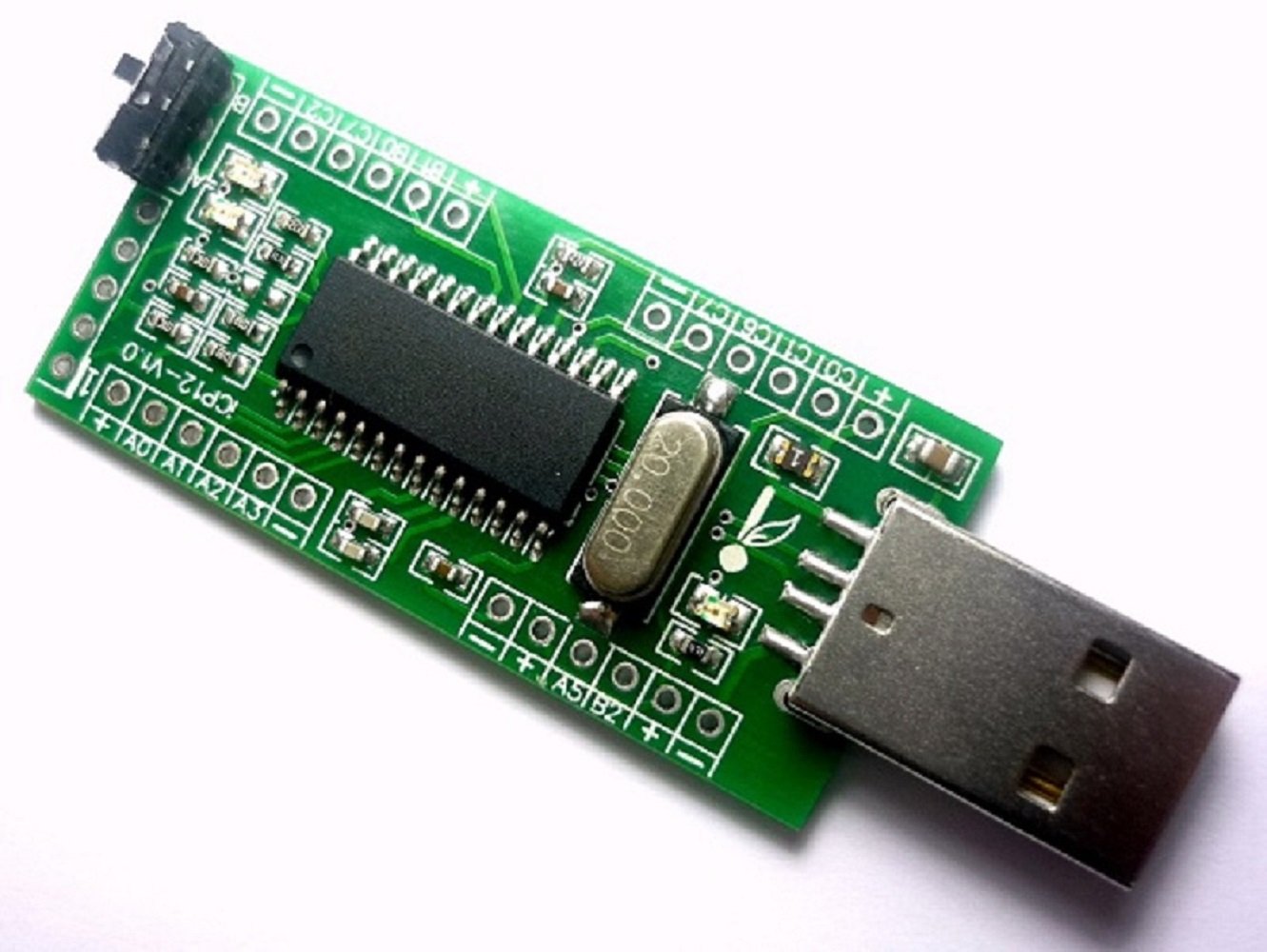
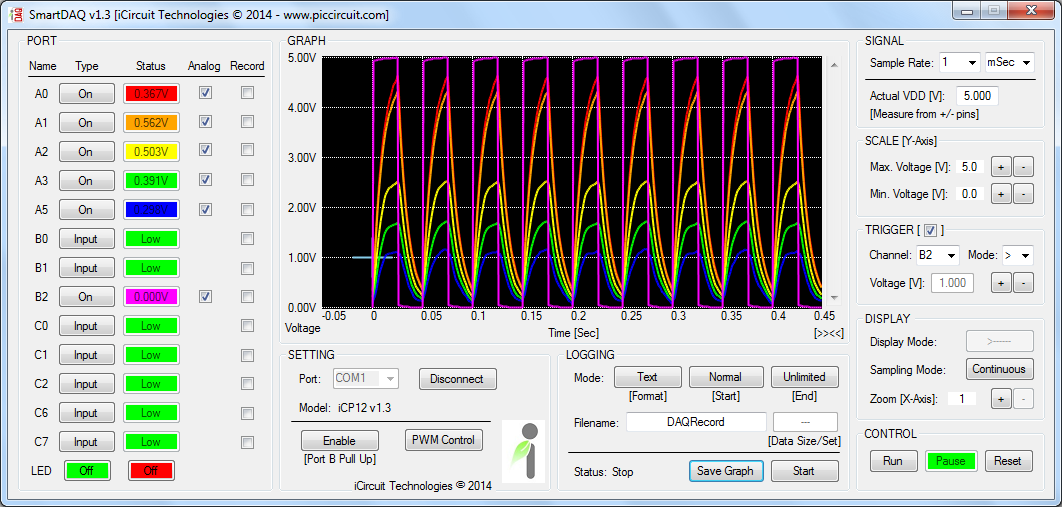

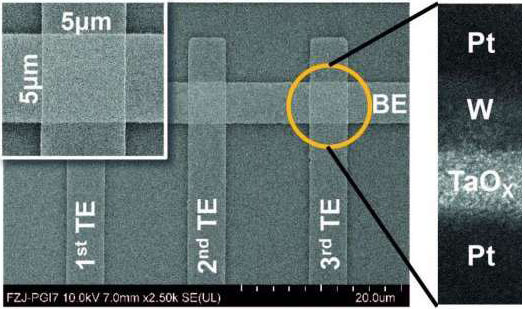
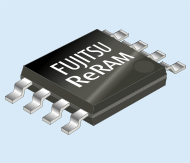 The first small memory devices based on this technology is the
The first small memory devices based on this technology is the 